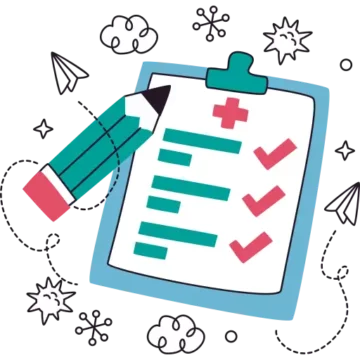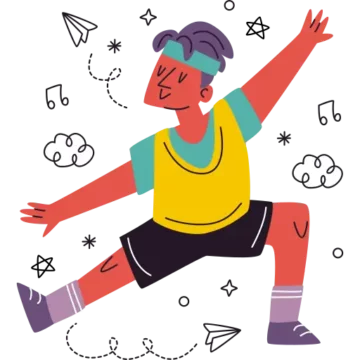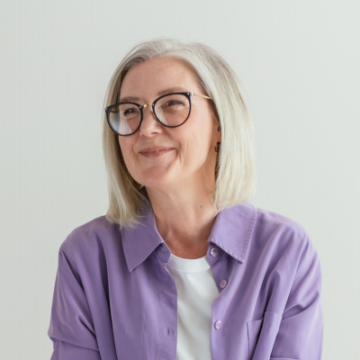Acupuncture Services
Our primary focus is to deliver the highest quality care to our patients, aiding their swift return to their daily lives. If you’re ready to book an acupuncture appointment, simply click here.
For further insight into acupuncture, continue reading as our acupuncturist explains everything below.
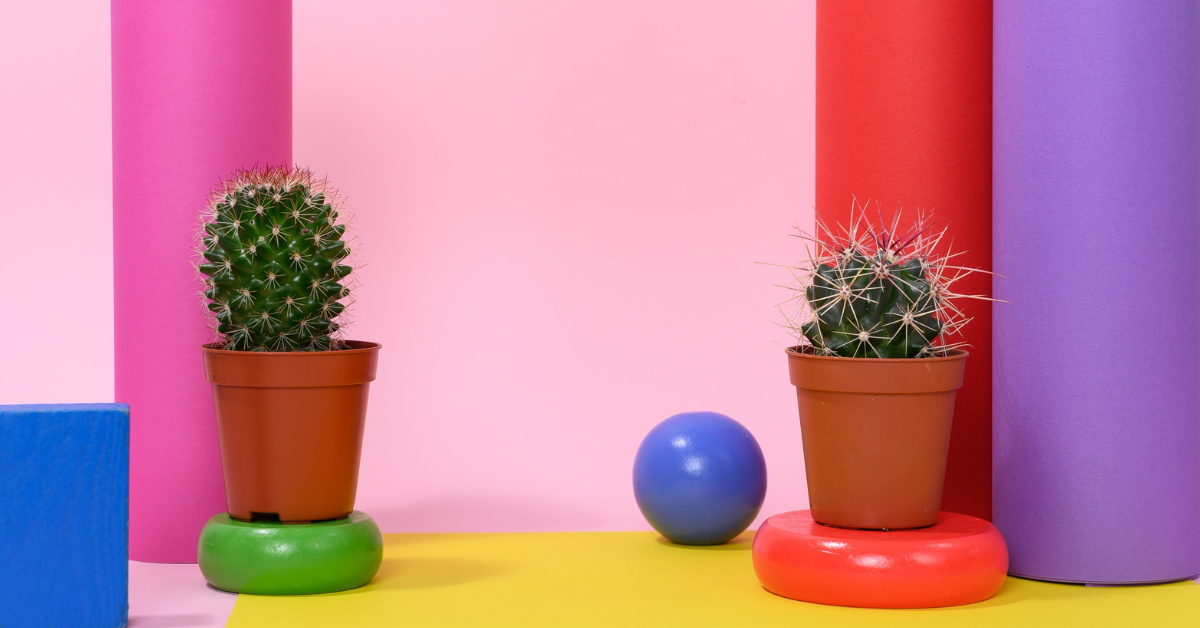
What is Acupuncture?
Acupuncture is a time-tested practice originating from traditional Chinese medicine. While commonly used to alleviate pain, it is increasingly recognized for promoting overall wellness and stress management. This natural and safe approach improves health without relying on medication.
Acupuncture involves the insertion of thin needles into specific points along energy pathways, known as meridians, in the body. By rebalancing the flow of energy, or chi, practitioners believe it enhances health and well-being. This highly effective treatment can be tailored to address individual needs. Prior to considering acupuncture, it is essential to consult with a qualified practitioner to determine its suitability for you.
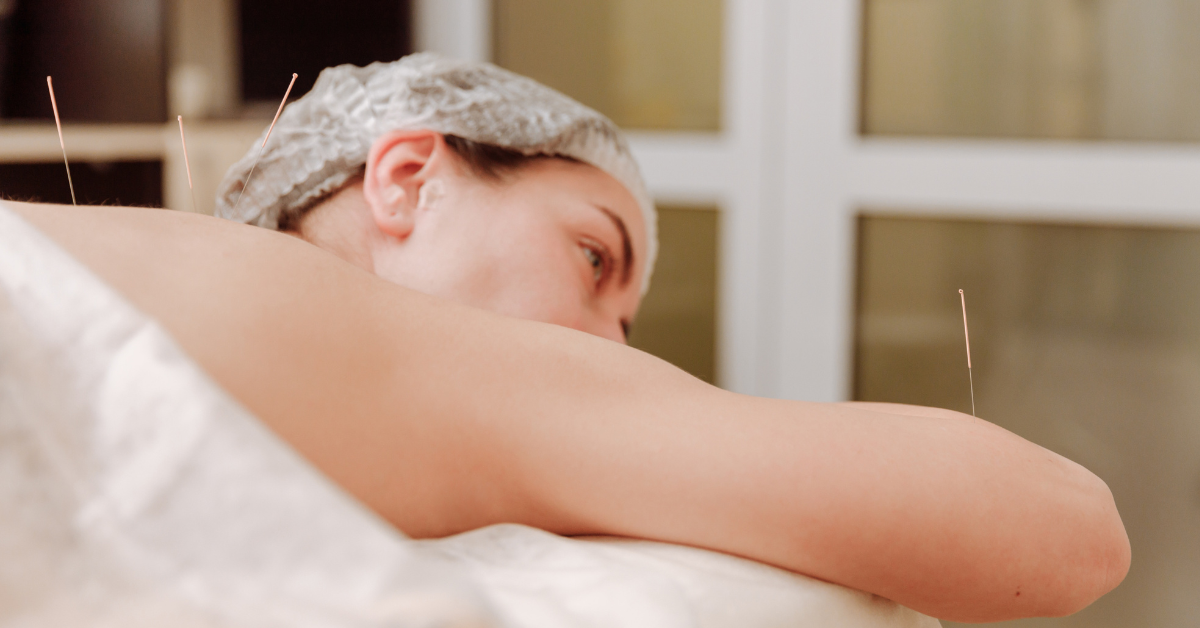
While acupuncture has long been practiced in Asia, it is a relatively recent addition to Western medicine. Western practitioners often view acupuncture points as sites to stimulate nerves, muscles, and connective tissue. The stimulation can trigger the release of natural painkillers, regulate bodily functions such as digestion and heart rate, and provide effective relief for a range of conditions.
Is Acupuncture the Same as Dry Needling (IMS)?
No, acupuncture and dry needling are distinct practices. Acupuncture, rooted in traditional Chinese medicine, involves inserting thin needles into specific points on the body to alleviate pain, and tension, and promote healing. On the other hand, dry needling is a newer technique that employs needles to stimulate muscles and tissues, targeting pain, muscle spasms, and related issues.
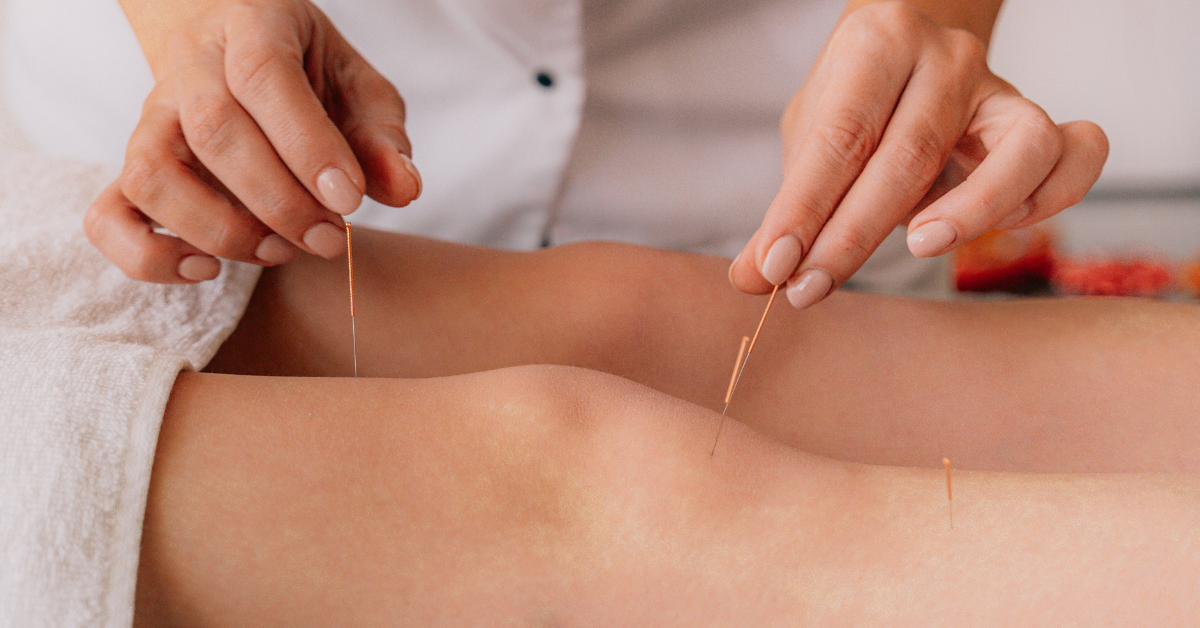
Acupuncture triggers the body’s natural painkillers and healing mechanisms, resulting in relief from pain, nausea, infertility, weight loss, and increased energy levels.
Types of Acupuncture
Traditional Chinese Acupuncture
This form of acupuncture has been practiced in China for centuries. It utilizes thin needles inserted into specific points to stimulate healing and restore energy balance throughout the body.
Japanese Style Acupuncture
Similar to traditional Chinese acupuncture, this approach employs fewer needles, which are smaller and inserted at a shallower depth.
Korean Acupuncture
Similar to traditional Chinese acupuncture, but with a greater number of needles. Korean acupuncturists also use copper needles instead of stainless steel.
Auricular Acupuncture
Also known as ear acupuncture, this technique involves stimulating specific points on the outer ear believed to correspond to various body areas. Auricular acupuncture is often effective for pain management, addiction, and mental health disorders.
Acupressure
Unlike acupuncture, acupressure uses pressure instead of needles to stimulate acupuncture points. It follows the same principles but can be performed by anyone without the need for needles.
Acupuncture in Physiotherapy
Acupuncture can be employed as a standalone treatment or integrated with other therapies such as massage or physiotherapy. It is particularly effective for various musculoskeletal conditions and can effectively manage chronic pain, migraines, and headaches. While generally safe and well-tolerated, mild discomfort may be experienced during needle insertion. If you are considering acupuncture, consult with your physiotherapist or acupuncturist to determine its suitability for your specific needs.
Benefits of Acupuncture
Acupuncture, either as part of a personalized physiotherapy plan or on its own, offers numerous benefits for individuals struggling with various conditions, including:
- Chronic pain
- Headaches
- Migraines
- Back pain
- Neck pain
- Shoulder pain
- Sleep disorders
- Digestive disorders
- Hormonal imbalances
- Bell’s Palsy
- Stress
- Anxiety
During the Procedure
Acupuncture involves the insertion of small needles into specific points throughout the body. These points may be located away from the area of pain. Our physiotherapists will guide you regarding the general treatment site.
Needle Insertion
Thin needles are gently inserted into various depths at strategic points. The needles are new and sourced from a sterilized environment. Discomfort is minimal, with many patients not feeling them at all. Typically, 5 to 20 needles are used. Mild aching may be felt as a needle reaches the correct depth.
Needle Manipulation
In some cases, your acupuncturist may gently move or twirl the inserted needles. They may also employ a small machine that delivers a gentle electrical pulse through the needles.
Removal
Needles usually remain in place for approximately 15 minutes. During this time, it is important to remain relaxed and still. The acupuncturist swiftly removes the needles, typically causing no discomfort.
After the Procedure
Acupuncture contributes to overall health and well-being. If your symptoms do not improve within a few weeks, alternative approaches may be explored. With its centuries-long history, acupuncture offers a natural means of promoting healing. If you seek an alternative approach to health and wellness, acupuncture may be the right choice for you.
Side Effects of Acupuncture
Side effects are generally minor and may include temporary soreness, bruising, or minor bleeding. Individuals with bleeding disorders, pacemakers, or those who are pregnant should inform their acupuncturist prior to treatment. Like any medical intervention, there are inherent risks; however, acupuncture is considered safe, with the occurrence of serious symptoms being extremely rare.
Acupuncture is a highly effective treatment option for a wide range of conditions, helping you regain control of your life. If you are facing any challenges, schedule an appointment today to explore the benefits of acupuncture. Click here to book an appointment.

